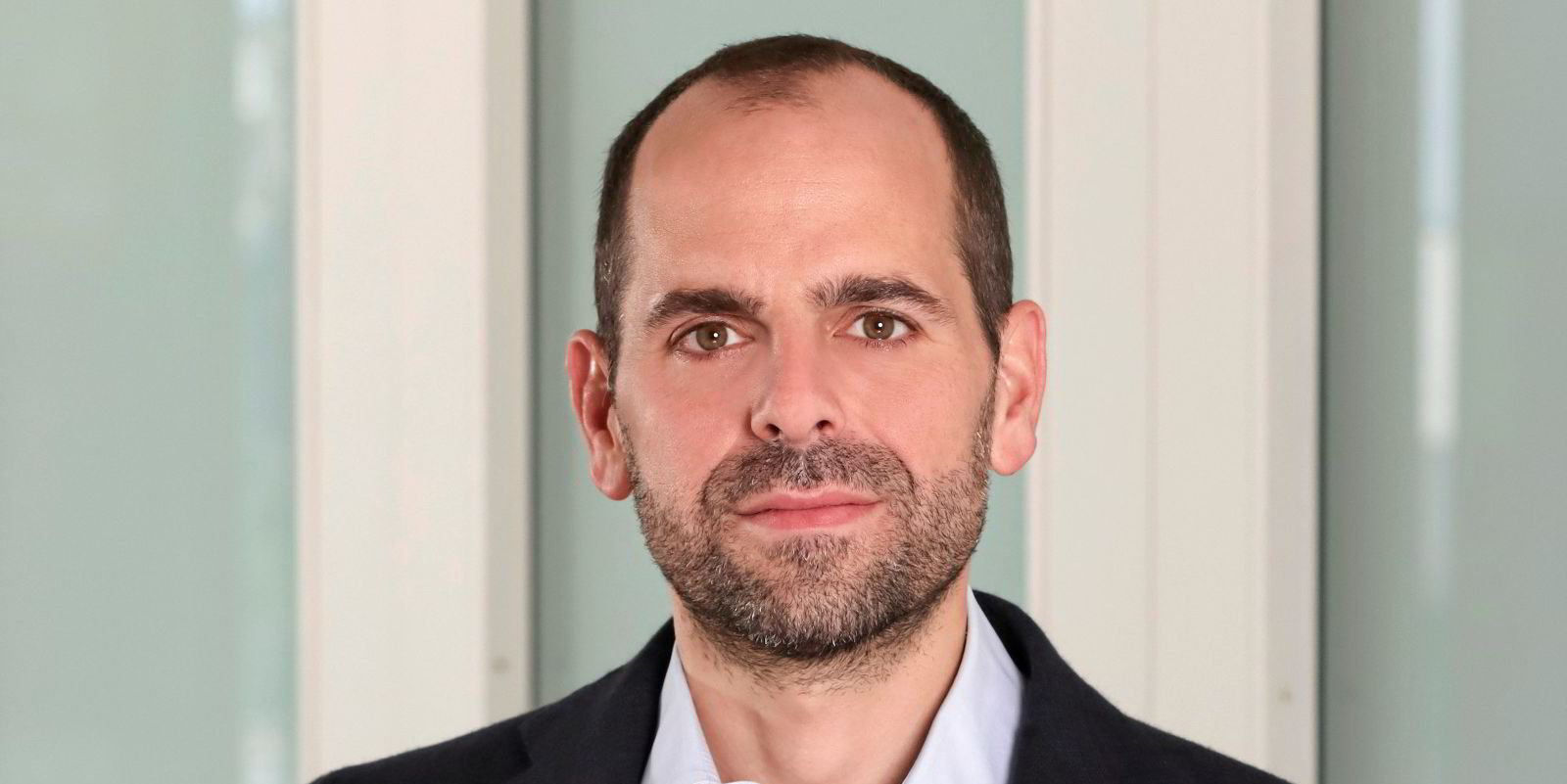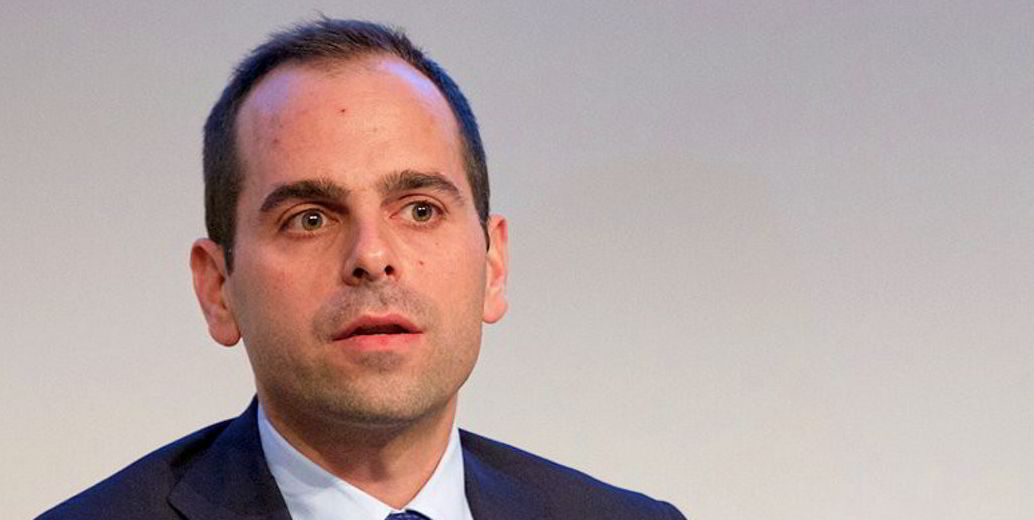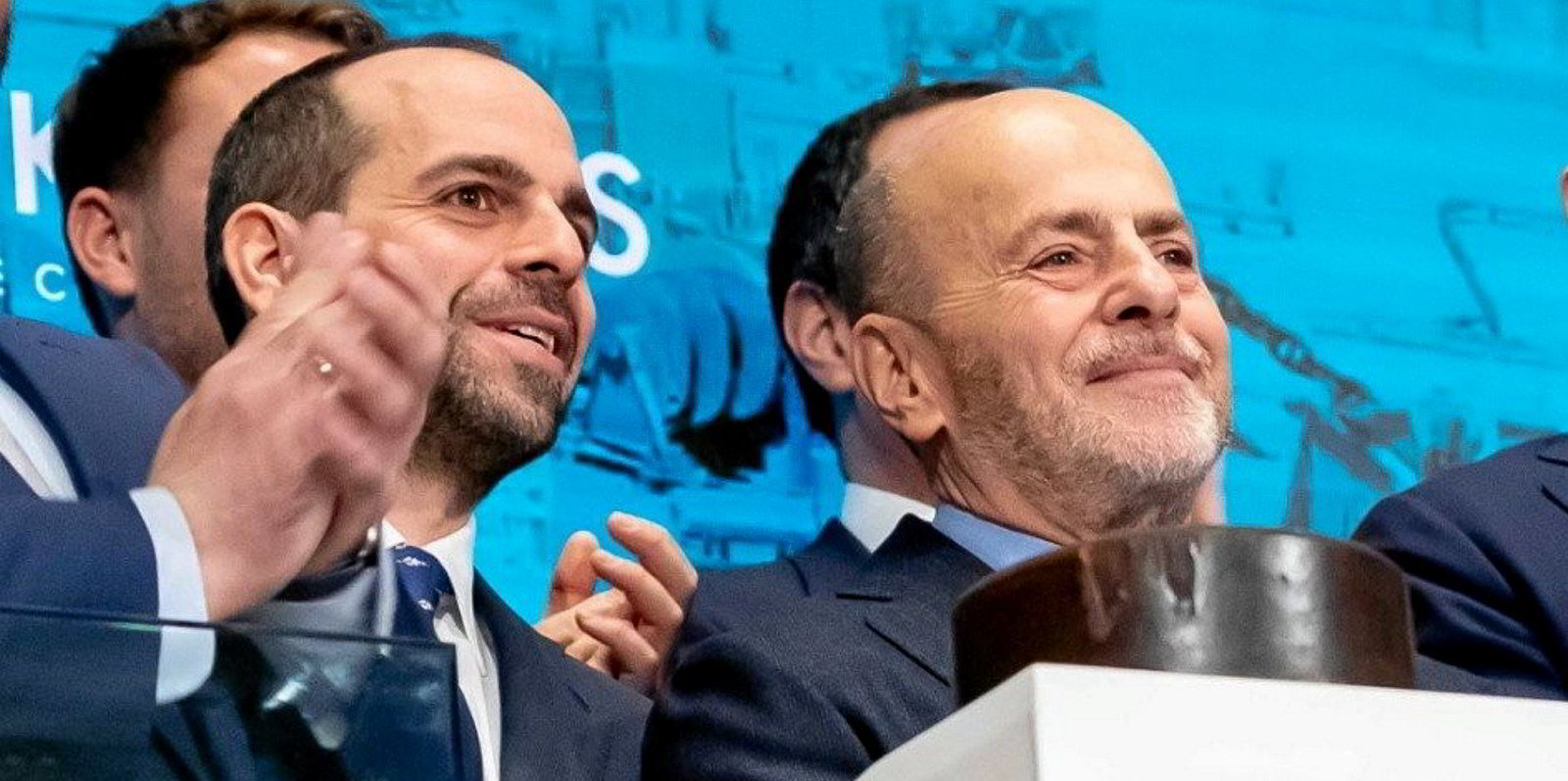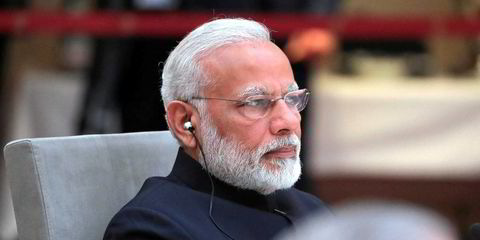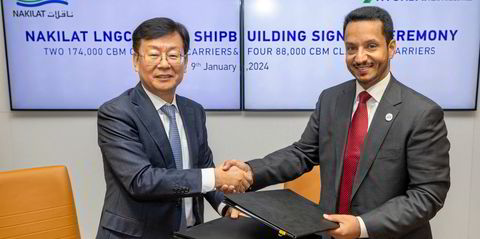Okeanis Eco Tankers, an owner of 14 large, modern tankers, has posted the biggest annual profit in its six years as a public company.
On Thursday, the New York-listed company reported net income of $145.3m for 2023, up from $84.6m in the previous year.
Profitability slowed down in the second half, given relatively weaker markets for the company’s eight VLCCs and six suezmaxes.
Fourth-quarter net income came in at $21.3m, down 56% from the same period of 2022 but slightly up from the $19.5m it had dropped to in the third quarter.
Okeanis’ fleet — which was predominantly employed in the spot market — looked at weaker fundamentals for a second consecutive quarter between September and December, with a time charter equivalent revenue of $45,400 per day. This was below the peak of $72,000 per day it reached in the second quarter.
The Aristides Alafouzos-led company said things have been looking up this year, however. It has booked 76% of its available VLCC spot days in the first quarter at an average of $73,900 per day, while 88% of available suezmax spot days were booked at $58,800 per day.
Higher financing costs in the wake of rising interest rates also weighed on results, climbing at an annual pace of 61% in the full year to $61.2m.
On 2 February, however, the company said it lowered some of its financing costs through a $73.5m sale-and-leaseback deal for its 318,900-dw VLCC Nissos Anafi (built 2020) with China’s CMB Financial Leasing.
As a result of its slightly growing fourth-quarter profit, the company raised its dividend payment to $0.66 per share, compared with $0.60 in the third quarter and $1.50 in the second.
The stock, which was trading at $26.74 per share in New York on 20 December, closed at $30.27 on 27 February, giving a market capitalisation of $975m, which is a shade below the net $988m value of its fleet as of the end of December.
The Alafouzos family, which is led by brothers Ioannis and Themistoklis, owns 58% of Okeanis. No other outside shareholder owns more than 5%.
The company boasts a modern fleet. Its six suezmaxes were built between 2016 and 2020. Its VLCCs are even younger, having all been constructed after 2019.
